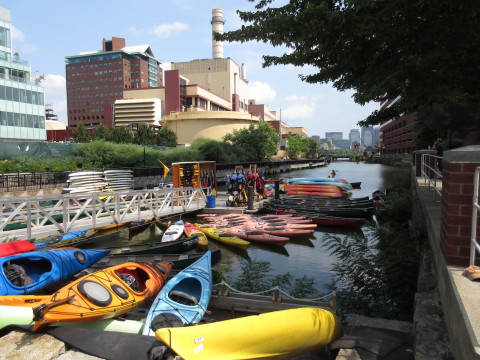Multiple Work Areas and Creativity

Engagement, creativity, wellbeing boost

Engagement, creativity, wellbeing boost
Fostering excellent outcomes
Determining daylighting across the street

Theology, design connections

Too many people or too little space?
Stereotypes' powerful effects
Mygind and colleagues found that neighborhood form and some parenting practices are related. They state that “There were no observable associations between residential greenness [i.e., Normalized Difference in Vegetation Index] within a 1,600 m network radius and parenting practices, mother-infant bonding, or infant socioemotional function. The findings were largely corroborated by sensitivity analyses (i.e., NDVI within 100, 250, 500, and 1,000 m and distance to park). Shorter distances to a park were associated with less hostile parenting.
New research indicates that nighttime light may affect us in more nuanced ways that previously thought. Blume lead a research team from the University of Basel that reported that “Ambient light however does not only allow us to see, it also influences our sleep-wake rhythm. . . . . If light consists solely of short wavelengths of 440 to 490 nanometres, we perceive it as blue. If short-wavelength light activates the ganglion cells, they signal to the internal clock that it is daytime.

Art can powerfully and positively enrich mental and physical wellbeing via its effects on cognitive performance, mood, etc. Neuroscience research reveals the investments in art likely to earn the largest long-term returns.
Dark-to-light or light-to-dark